Five Homework Strategies to Add Halloween Sensory Fun
Use these five homework strategies to add some Halloween Sensory Fun to school work.
Homework can be a serious struggle in our home. We’re always looking for ways to make it more fun and engaging.
Be sure to check out this spooky collection of Halloween ideas, activities and recipes for the entire family.

This post contains affiliate links.
Today, Heather of Changed for Good Autism is adding some sensory fun to her son’s homework (and showing us how).
Adorable Halloween Books
When you’re done playing, snuggle up and enjoy these Halloween Books with your child.
Don’t Push the Button! A Halloween Treat: A Spooky Fun Interactive Book For KidsPete the Cat: Trick or PeteCreepy Carrots! (Creepy Tales!)How to Catch a Monster
Bone SoupThe Spooky Wheels on the BusThe Berenstain Bears Trick or TreatSpooky Pookie (Little Pookie)
Or enjoy these Halloween Board Books with your toddler. It’s the perfect way to tie in the holiday to your Halloween activities!
Five Homework Strategies to Add Halloween Sensory Fun
With Halloween right around the corner, I decided to add a little sensory fun to Ben’s nightly homework assignments.
Homework can be a challenging time around our house, so I decided to add a bit of spooky (and sensory) flair to his school assignments to amp up the interest and excitement.
Halloween Kids Water Bottle Wooden Halloween Tic Tac Toe Board
Wooden Halloween Tic Tac Toe Board Halloween Pumpkin Decorating Craft
Halloween Pumpkin Decorating Craft Kids personalized custom Shirt
Kids personalized custom Shirt
Feel free to get creative and make adjustments to fit the learning and sensory needs of your child!
Sight Word Homework
One of Ben’s nightly assignments is to practice his sight words, or “red words” as his school calls them.
We decided to add some ghostly writing to help learn those sight words.
Materials Needed:
- Cookie Sheet
- Shaving Cream*
- Sight words to practice
*We chose to use regular men’s shaving cream because it’s as white as a ghost, but you might want to choose a scented variety or add a drop of essential oil to make it an even more sensory experience!
Strategy 1: Spooky Sight Words
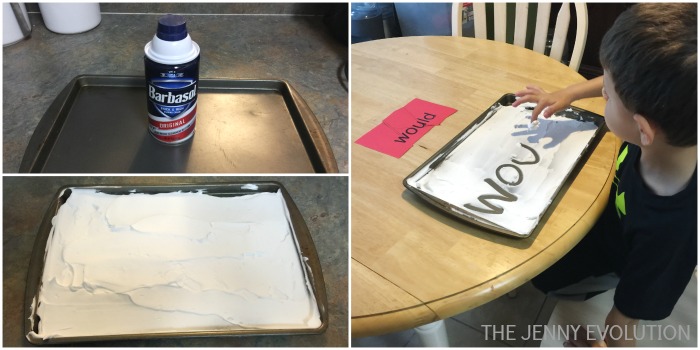
First, we spread a thin layer of shaving cream on the cookie sheet.
Then, we practiced spelling the sight word in the air first.
I made sure he knew the spelling and correct letter path, and then the fun began! He traced the word on the cookie sheet, using his sight word card when needed.
He had fun using a spatula as an “eraser” and starting again.
Strategy 2: Disappearing Letters
First, remove the sight word card.
Then, make one letter from the word “disappear” on the cookie sheet (or dry erase board with dry erase marker).
See if your child can correctly identify and write the missing letter.
DIY Halloween name bracelet Halloween gift Halloween Play dough kit
Halloween Play dough kit Slappy Halloween Tags with Slap Bracelets
Slappy Halloween Tags with Slap Bracelets Halloween Play dough Jars
Halloween Play dough Jars
Then, make two letters “disappear” from the word and have the child fill in the missing letters.
Continue this process until all letters have disappeared and the child can correctly write the entire sight word from memory.
Math Homework
Math is one of Ben’s favorite subjects.
His school uses the program Everyday Math.
The program emphasizes real world applications to math.
His homework is generally math games and finding examples of math in the real world to go along with the concepts that he is learning in class.
I decided to modify the math games and number concepts from his current math unit and tie in some spooky (and tasty) fun!
Materials Needed:
- Marshmallow-shaped ghosts (or candy corn or other seasonal treat)
- Dice
- Plate
- Cup or small bowl
Strategy 3: Ghostly Guessing Game
Place 10 counters (in our case, ghost marshmallows) on a plate.
I like to place them in two rows of five to resemble the ten frame that he uses in math class.
You may choose to use a smaller number if your child is just learning number concepts.
Start by having the child count the ghosts and discuss how many ghosts there are in all.
Next, have the child close his eyes while you hide some of the ghosts.
After the child opens his eyes, have him count how many ghosts are left.
Then, have him guess how many ghosts are hiding.
Halloween Bats Wall Décor Black Lace Spiderweb Fireplace Mantle Scarf Cover
Black Lace Spiderweb Fireplace Mantle Scarf Cover Halloween Home Decor Throw Pillows
Halloween Home Decor Throw Pillows Trick or Treat & It’s October Witches Front Porch Banners
Trick or Treat & It’s October Witches Front Porch Banners
Prompt as needed by reminding him that you started with ten ghosts, and by knowing how many ghosts are remaining, you can subtract to find how many are hiding.
Once the child has guessed the number of hidden ghosts, remove the small bowl and see if his answer was correct.
You can reward correct answers with one as a treat if you choose!
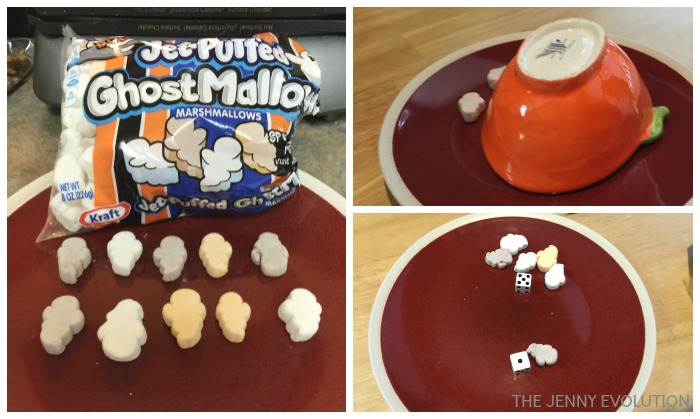
Strategy 4: Dice Games
There are many variations to the dice game, depending on what math concepts your child is learning.
1. If a child is just learning about numbers, counting how many dots are on the dice and counting out the marshmallows to match the number is a good starting point.
Eventually, you will want your child to be able to instantly say the number on the dice by recognizing the configuration of dots. This is called subtilizing.
2. If your child is learning about the concept of “greater than” and “less than”, you and your child could each have a dice.
Roll the dice and count out the number of marshmallows based on the number on the dice.
Discuss who has the bigger number and how you know.
The person with the largest number “wins” a point.
Continue rolling and counting objects until one person gets to 10 points.
3. If your child is learning about addition and subtraction, have the child roll both dice.
Have the child count out the ghosts based on how many are on the dice.
Then, teach the child to create a story problem that represents the numbers on the dice. It could be an addition or subtraction story.
Halloween Spider Web 900 sqft Spider Webs
900 sqft Spider Webs Purple Flickering Flame Solar Torch Lights for Outside Halloween Decorations
Purple Flickering Flame Solar Torch Lights for Outside Halloween Decorations 5 Ft. Halloween Outdoor Decorations Hairy Spider
5 Ft. Halloween Outdoor Decorations Hairy Spider
For example, if the child rolled a five and a two and is learning addition, the story might be, “One day, five ghosts flew into a haunted house.
Then, two more ghosts flew into the house. Now, seven ghosts were in the haunted house together!”
Spooky Science
Science is another of Ben’s favorite subjects.
He absolutely loves experiments!
This one is a spooky variation on the vinegar and baking soda trick that is sure to please!
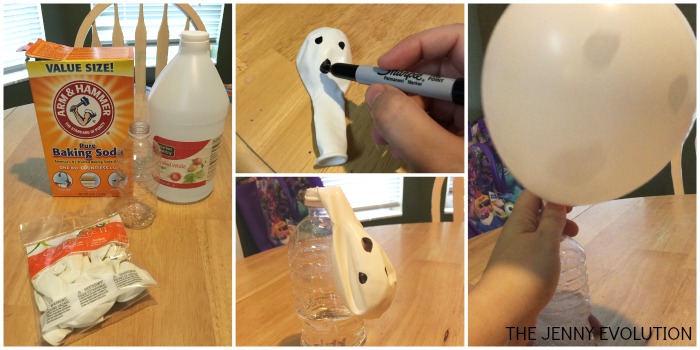
Materials Needed:
- White vinegar
- Baking Soda
- Empty Water bottle
- White balloon
- Sharpie marker
- Funnel or spoon
Strategy 5: Science Experiments
At home science experiments are a great way to learn the scientific method and to practice terms such as hypothesis and observation.
A hypothesis is a scientific prediction about what will happen.
Scientists need to be careful observers to see if their hypothesis was correct or not.
Expanding Ghost Experiment
- Draw two eyes and a mouth on the white balloon using a sharpie marker to create your ghost’s face.
- Fill the water bottle with about a ½ cup of vinegar
- Using a funnel or a spoon if no funnel is available, empty a few tablespoons of baking soda into the balloon.
- Place the balloon on the top of the water bottle, but don’t allow the baking soda to fall into the balloon yet! Ask your child to make a hypothesis about what will happen to the balloon when the baking soda mixes with the vinegar.
- Hold the balloon straight up so that the baking soda call fall into the vinegar and watch what happens next!
Ben had fun feeling the balloon as it expanded.
He claimed that it became cold as it filled with the carbon dioxide gas from the reaction.
After the balloon was full, he enjoyed letting the air out of the balloon and then trying the experiment again.
Homework can be a challenge, especially for a child with sensory processing differences, but with a few modifications it can be both an educational and fun time for your child.
I’d love to hear about some of the sensory adaptations that you’ve made to homework for your child!
Easy Printable Halloween Fun!
As the spookiest season of the year approaches, dive into a treasure trove of bewitching printables that will add a dash of magic to your Halloween celebrations and learning.
- Halloween Mystery Puzzles
- Halloween Color by Coding
- Halloween Jokes Cootie Catcher
- Halloween Fine Motor Activities – Flip and Fill Game
- Spider Preschool Lesson Plan
- Room on the Broom Coloring Pages
- Skeleton Preschool Lesson Plan
- My Halloween Handwriting Packet
- Brain Breaks for Halloween
- Halloween Handwriting Activities
- Halloween Multisensory Handwriting Activities
Gather your printers and creative spirits, and let the Halloween fun begin with our selection of printables!
This post is part of the Fall Sensory Play series, hosted by Mommy Evolution in partnership with The Sensory Spectrum. Go to the Fall Sensory Series to get the latest sensory fun for your kiddos!
About Heather: Heather Zink is an elementary Literacy Coach and the mom of an amazing 6-year-old on the autism spectrum named Ben, whose name is changed to protect his privacy.
She writes a blog called Changed for Good Autism in order to offer support to families on a similar journey. Heather believes that while Ben’s autism brings challenges to his life, focusing on his strengths will help him to be the best version of himself that he can be.
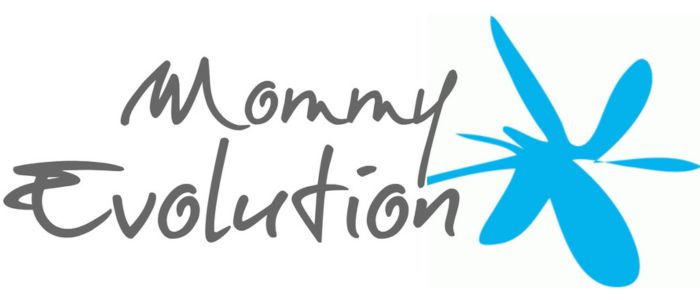








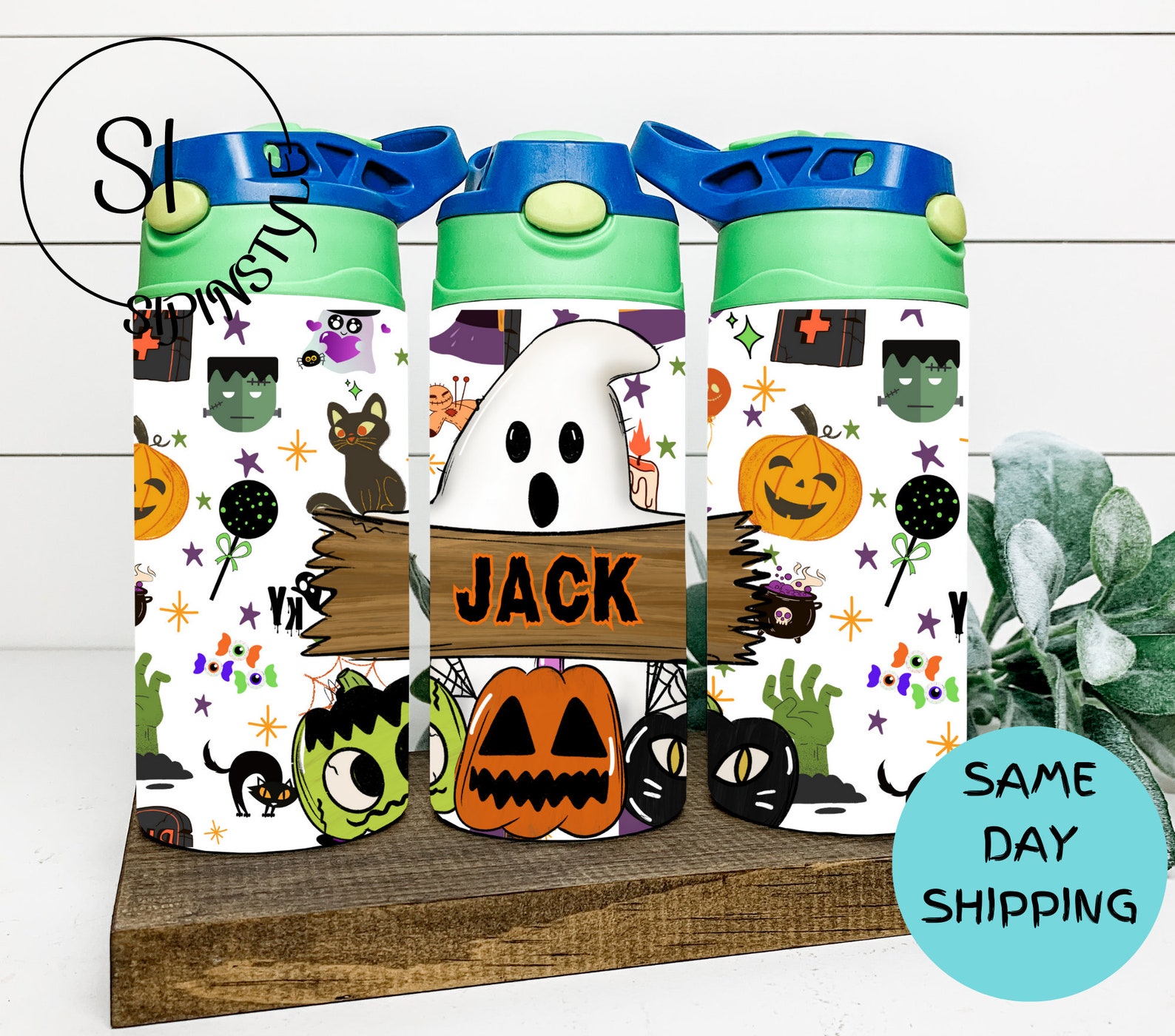
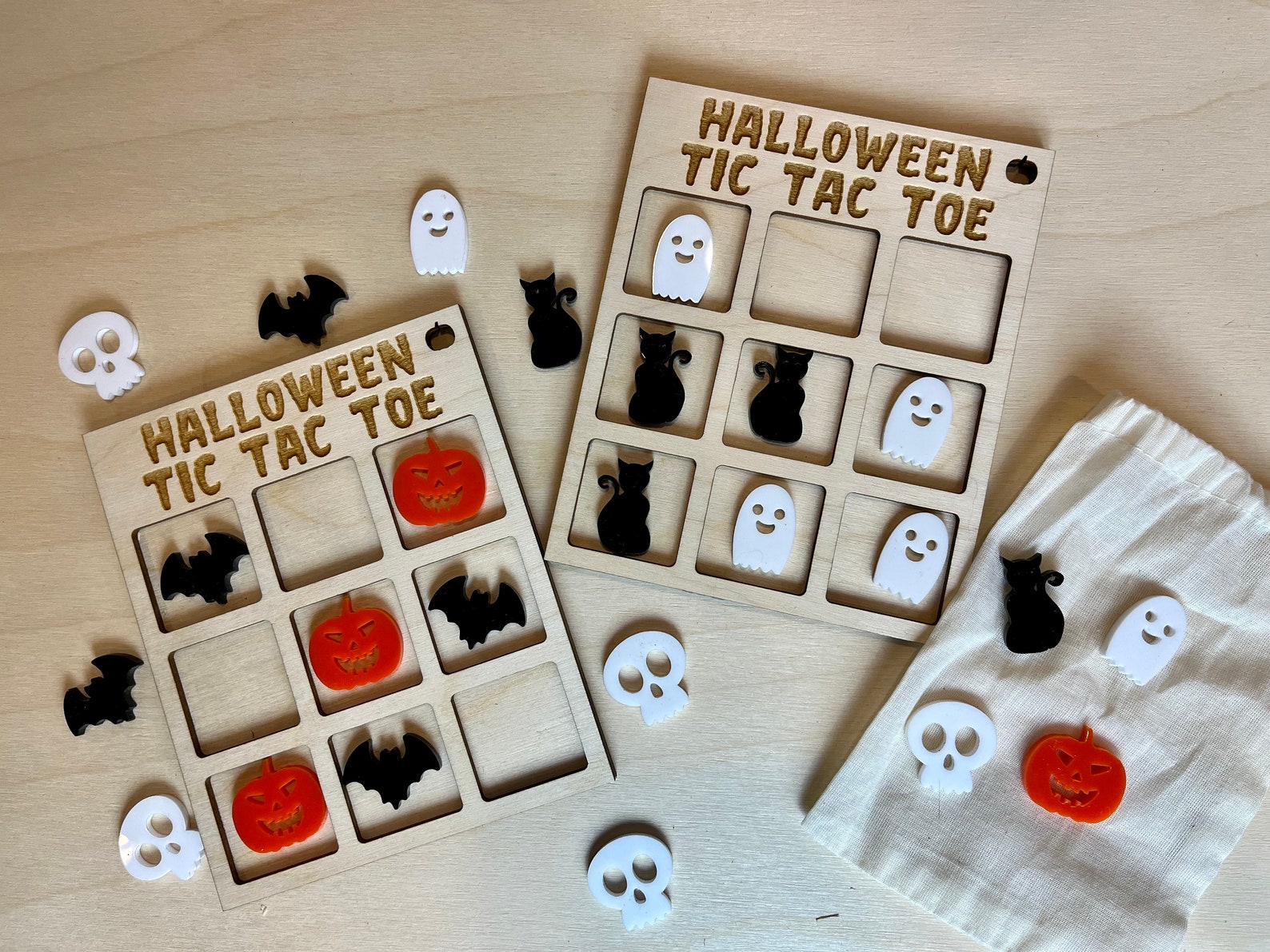
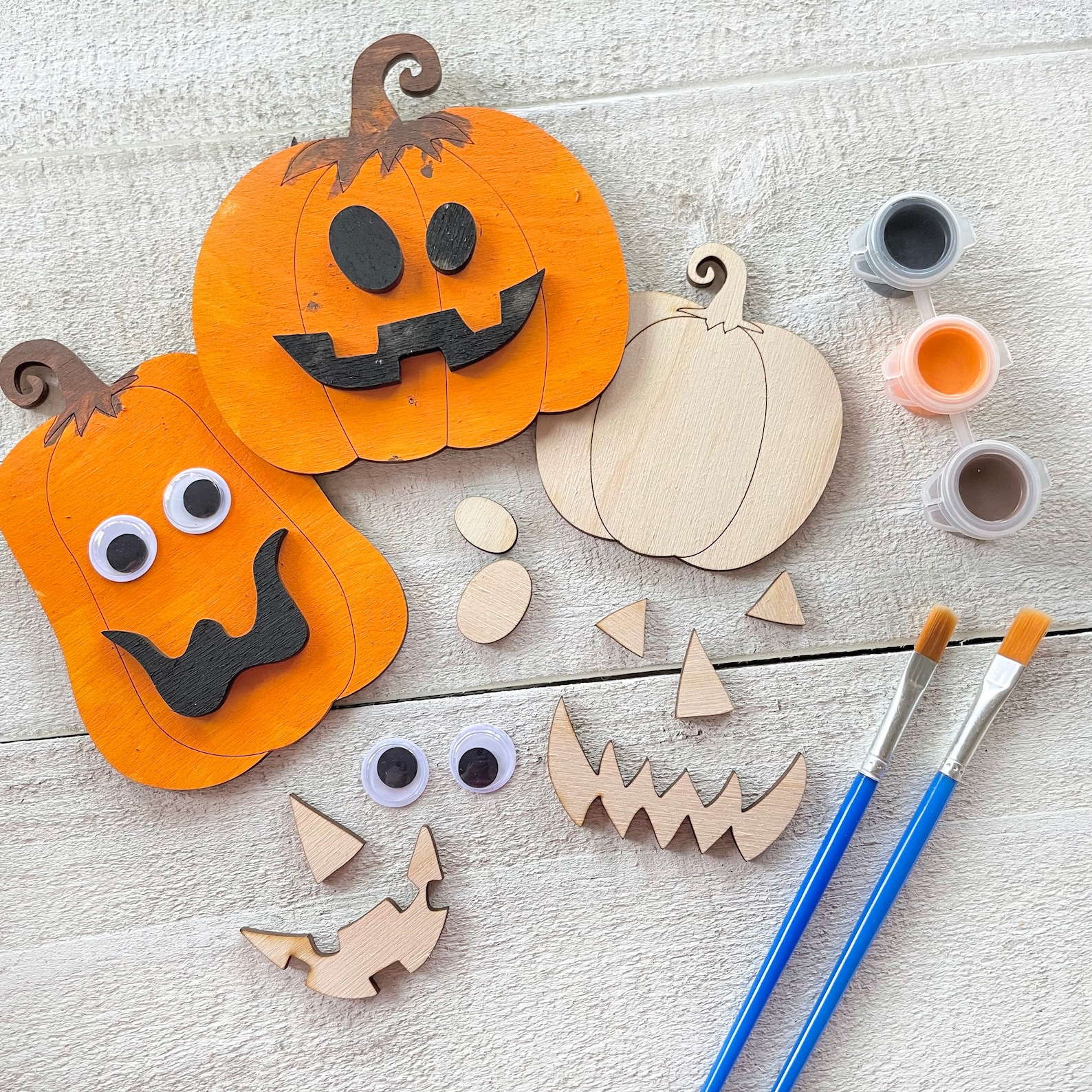
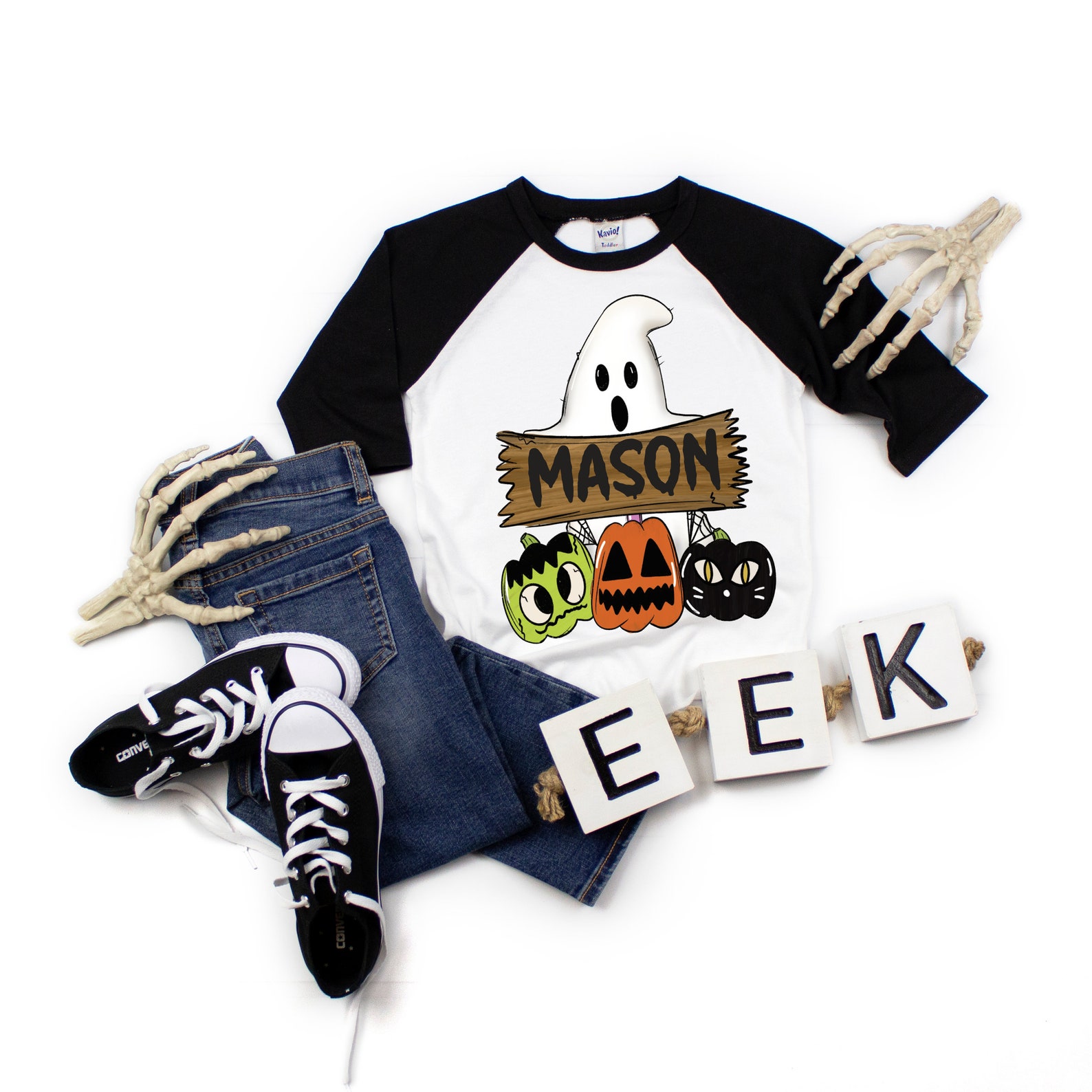
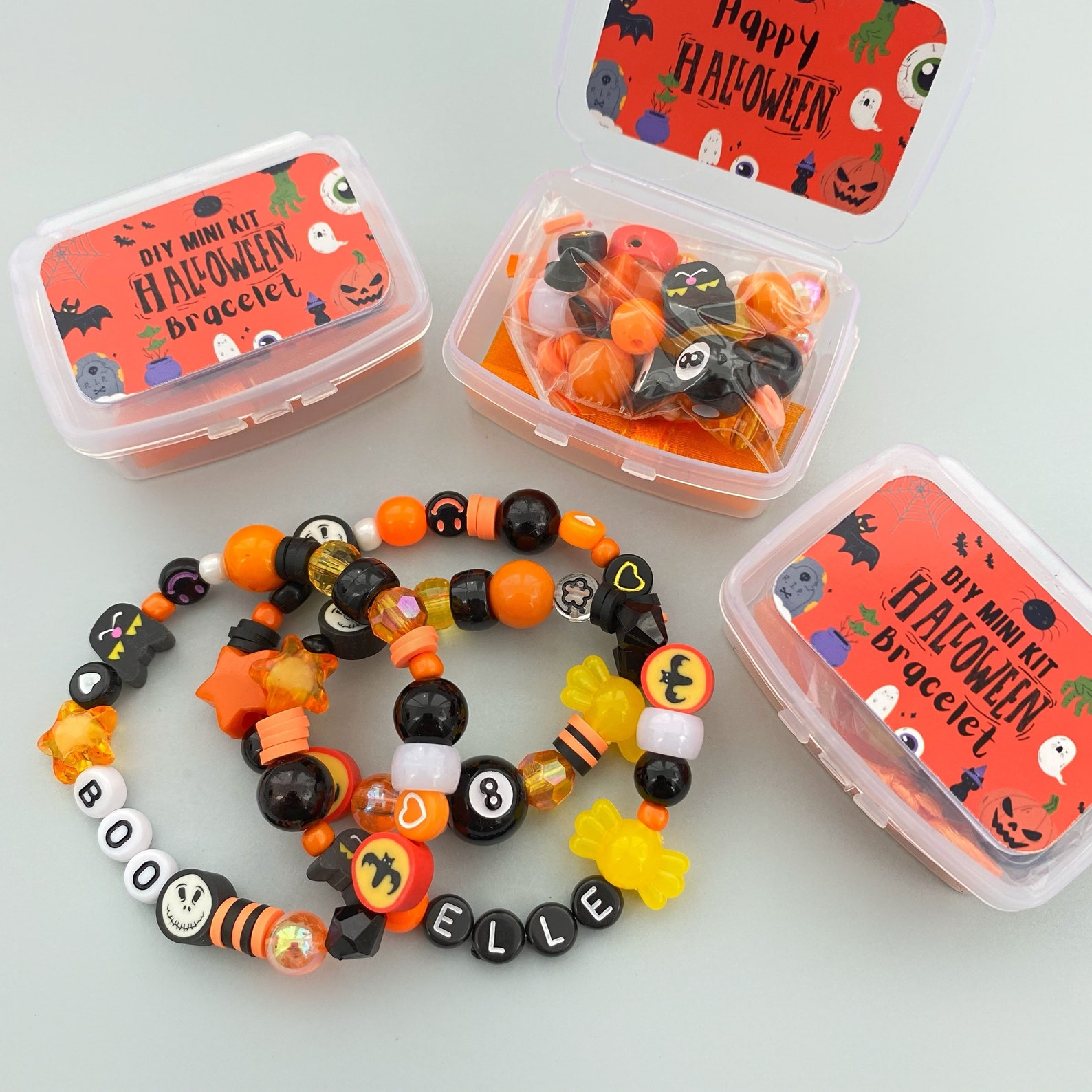
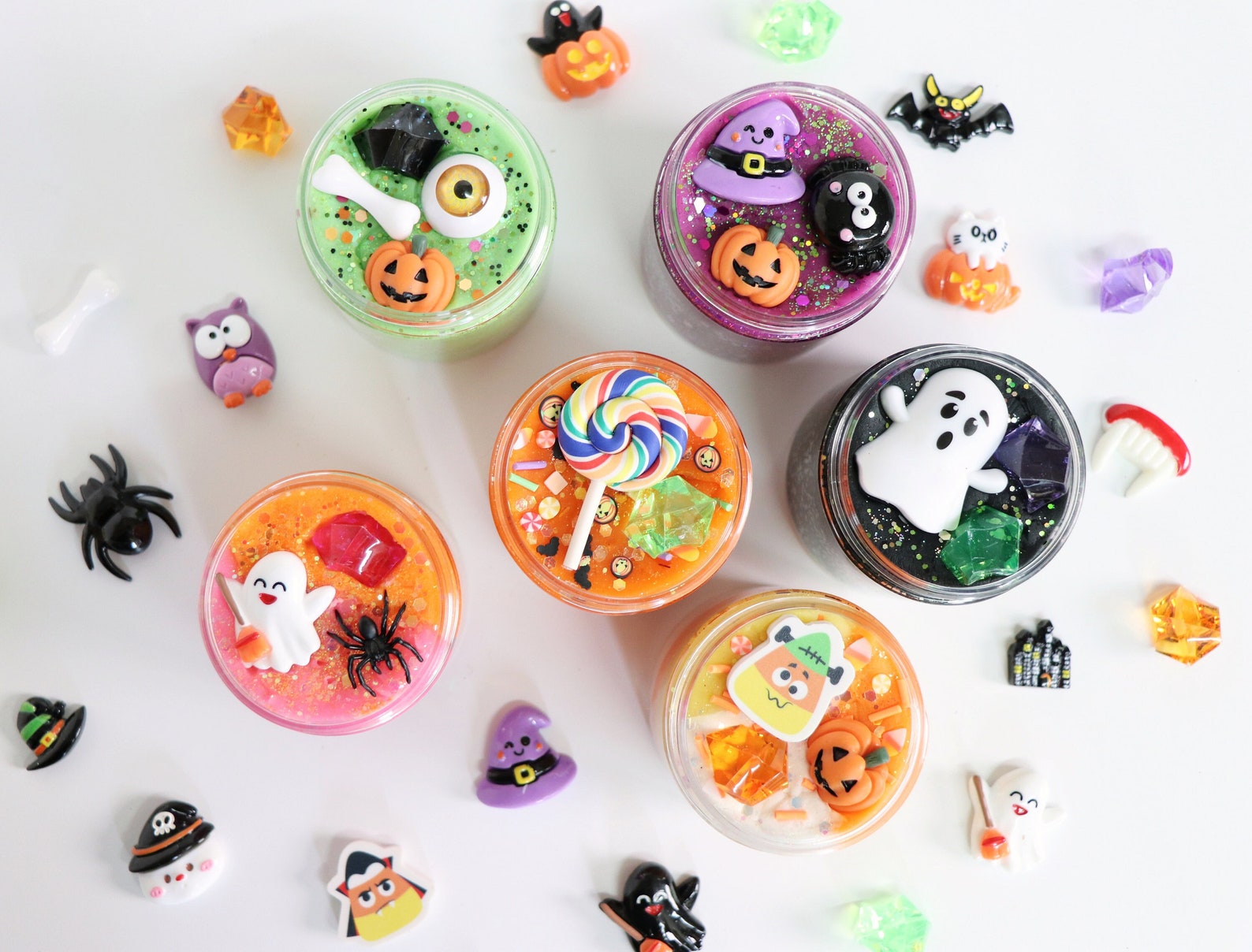
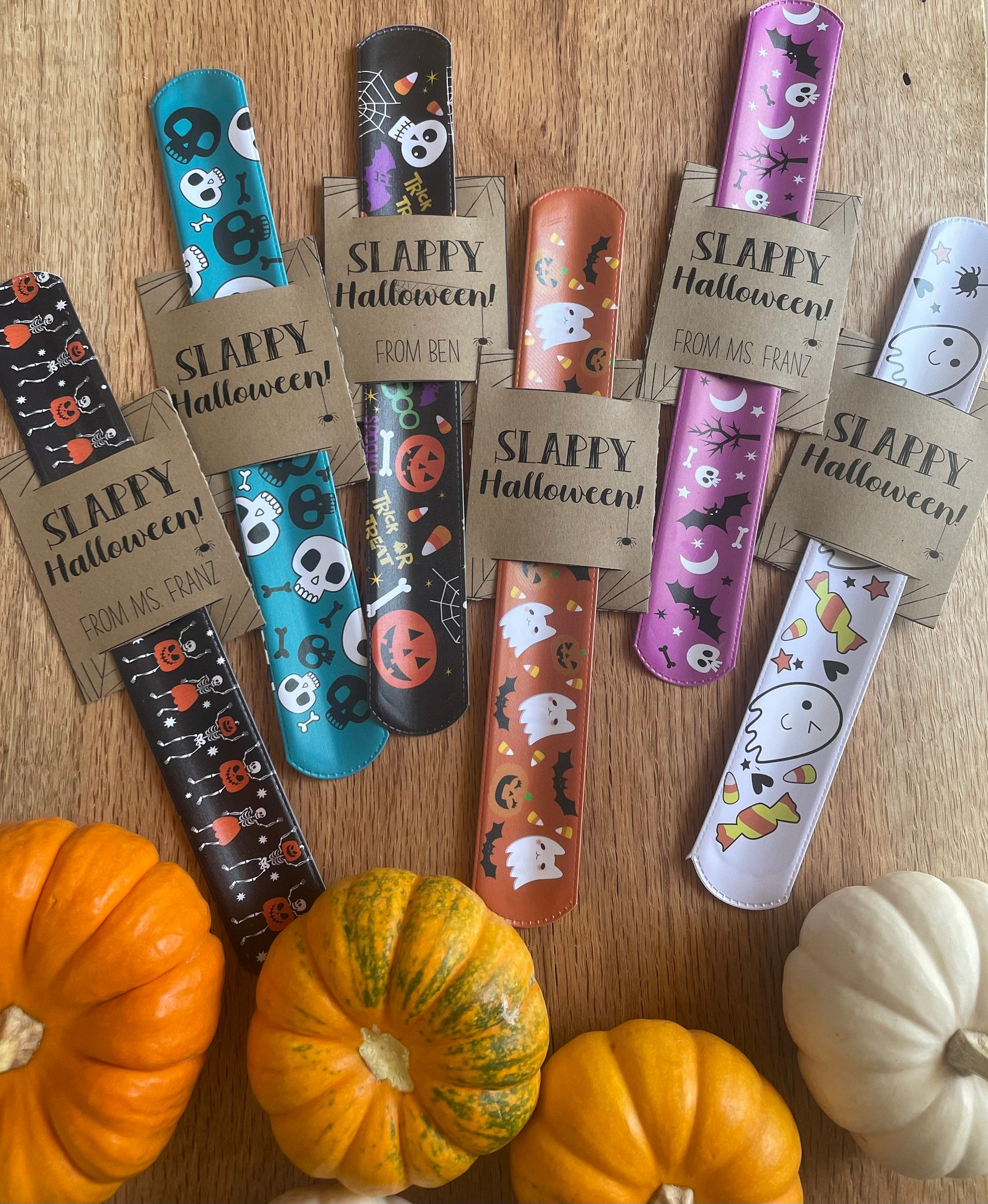
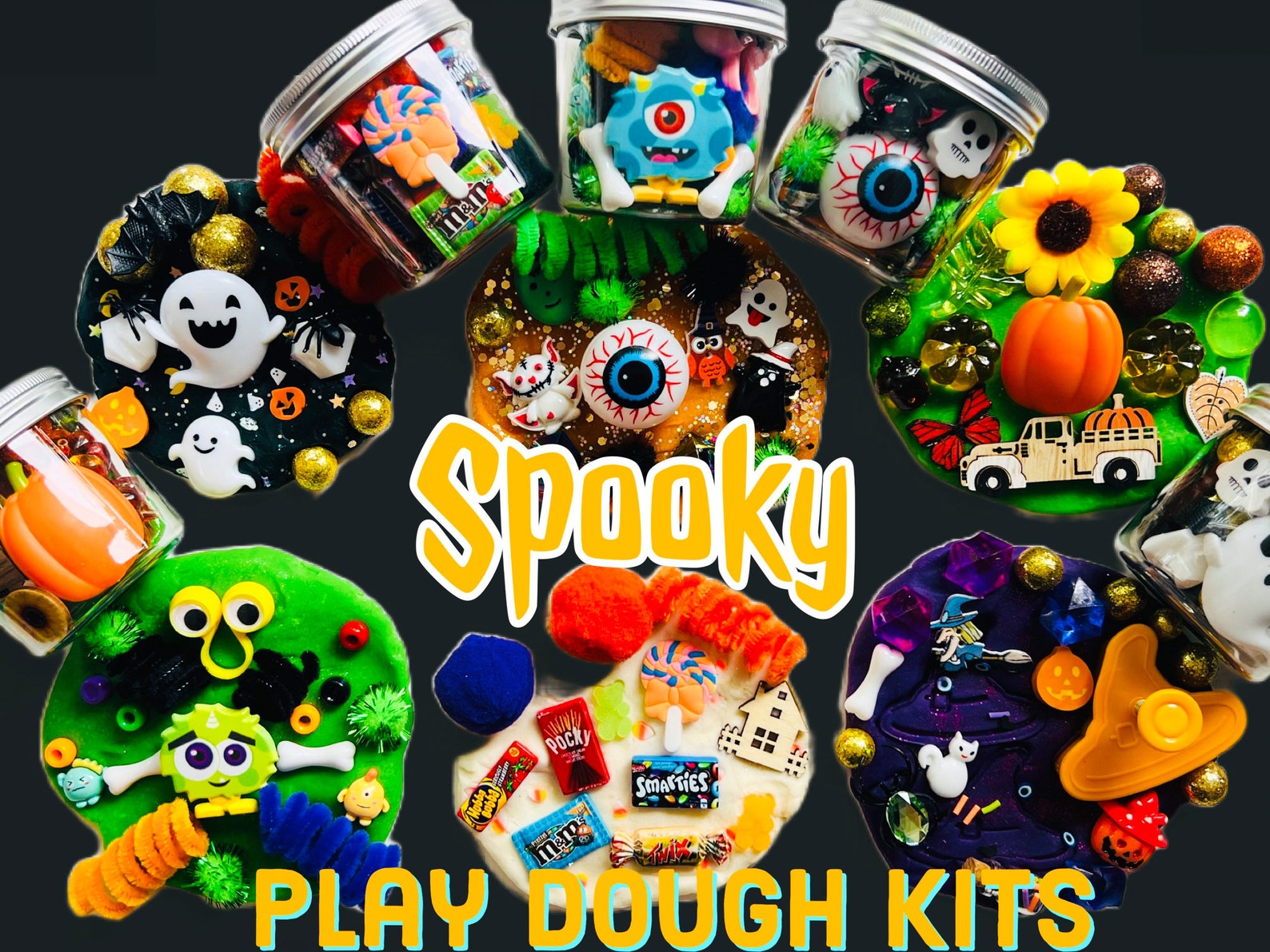








At this point I will take homework strategies of ANY SORT 😉
Fun and halloweeny is Bonus…